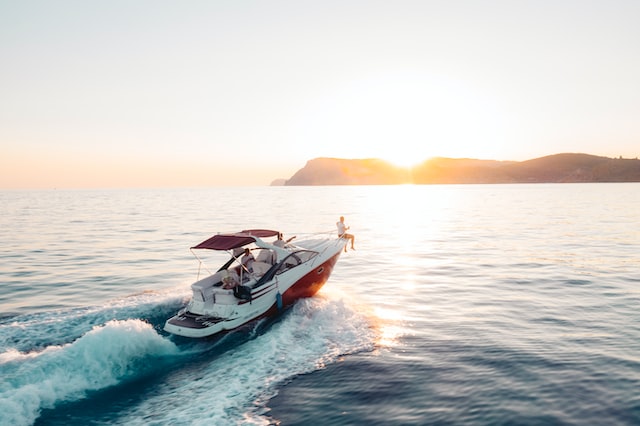Knowing the appropriate sailing terminology to use on board a boat is not JUST a method of appearing really cool and impressing your pals. It is handy and sometimes essential for communicating while on a sailing boat in Singapore. Some of the terminology used on boats might sound obscure, as it is. This is part of the amusement; we continue to use terminology that seafarers have used for centuries.
Here are the essential sailing terminologies you’ll need to know when learning to sail!
Port
This is everything to the left of the boat when facing ahead. When you’re onboard, you may use this expression pretty much any time you would ordinarily say “left”.
Starboard
This is everything to the right of the boat when facing ahead. Same as “starboard,” only in reverse.
Bow/Stern
The bow is the front of the boat, and the stern is the back. Forward refers to anything towards the front of the boat, whereas aft or eastern refers to anything in the back.
Point of Sail
The direction of the boat is relative to the wind. For instance, while sailing directly into the wind, the point of sail is referred to as “in irons.” (Note: This is not a desirable location!) When the wind blows directly over the side of the boat, this is known as a “beam reach.” Before setting sail, it is wise to familiarise oneself with the eight most common points of sail.
Helm
Where the boat is steered. This is often a giant wheel, although it may be a tiller, which is just a long wooden pole on smaller vessels. Both of these may be used to control the rudder of the boat.
Keel
The keel is a long, heavy fin that protrudes into the water from the bottom of the boat. It offers stability and makes it practically impossible for modern sailboats to capsize.
Heeling
This is the word for a sailboat that leans over in the water due to wind pressure. There is no greater pleasure than heeling over as your sails fill and your speed increases!
Tack
This phrase has two unique, highly significant meanings. As a verb, to tack means to alter course by turning the boat’s bow into the wind. As a noun, tack refers to the course you’re sailing in relation to the wind. For instance, if the wind is blowing over the port side, you are on a port tack. If the wind blows over the starboard side, you are on a starboard tack.
Jibe
A jibe is an alternative method of altering course that involves bringing the stern of the boat through the wind. Whether you choose to tack or jibe depends on the surrounding environment and wind direction.
Windward
The side of the vessel that faces the wind. This is always the high side while heeling over.
Leeward
The side of a boat that faces away from the wind. This will always be the low side while heeling.
Lines
This term is used instead of “ropes” on board a boat.
Mainsail
The large triangular sail is positioned right below the sailboat’s mast. As the name indicates, this is the boat’s biggest and most significant sail. Along the bottom edge of the mainsail is a sturdy pole known as the boom.
Jib
The second most frequent sail on any boat. The jib is usually located ahead of the mast and, unlike the mainsail, lacks a boom.
For more informative articles, check out the rest of our site!

